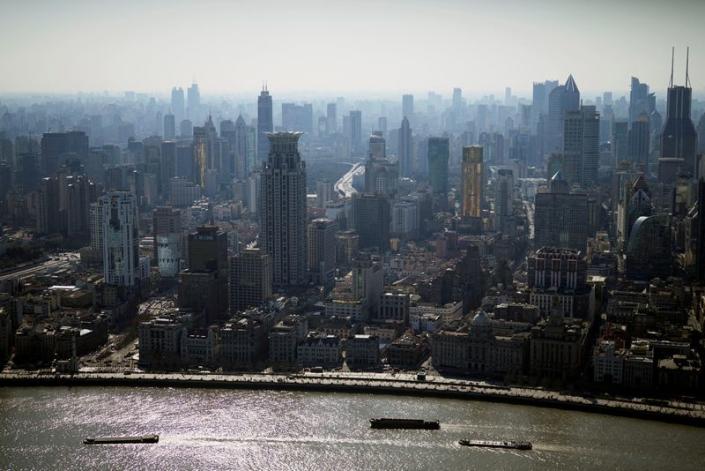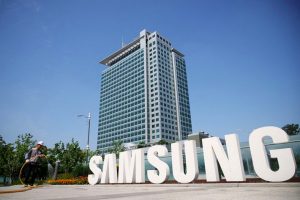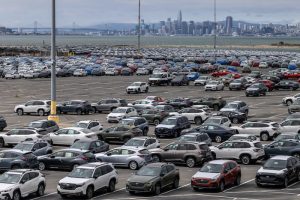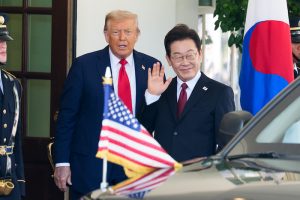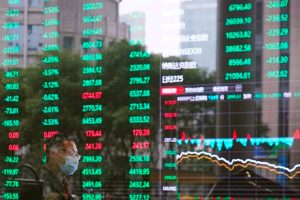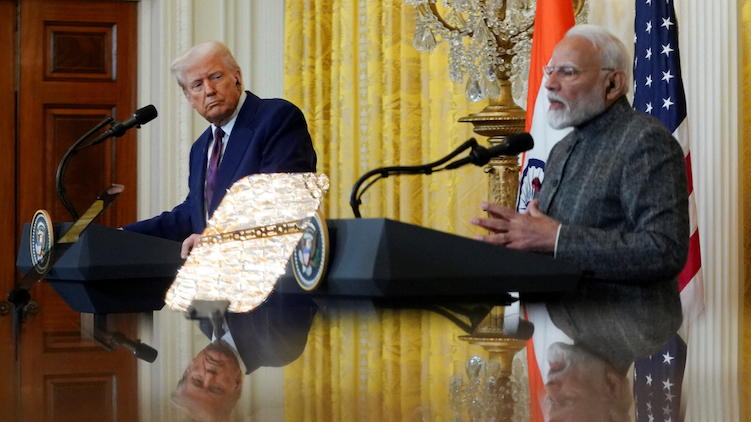A three-year study by US-led research team has found that China has ramped up its lending to higher-income countries over developing nations – and that the United States is now the biggest recipient, because of “secretive loans and grants.”
AidData, a lab at US university William & Mary, tracked Beijing’s credit activities and found that China’s lending and grant giving totalled $2.2 trillion across 200 countries in every region of the world over a 24-year period, from 2000 to 2023.
Its 300-page Chasing China report, published on Tuesday, said the People’s Republic had long been seen as a creditor to developing countries through its Belt and Road Initiative, but has switched from infrastructure toward lending to “sensitive industries” in advanced economies, such as high‑tech supply chains in sectors such as semiconductors, artificial intelligence and clean energy.
ALSO SEE: Yttrium is Latest Rare Earth Concern as Global Supplies Fall
The study, which involved more than 140 fact-checkers and financial analysts, tracked more than 30,000 projects and activities from nearly 1,200 Chinese donors and lenders.
Beijing’s portfolio size is two-to-four times larger than previous estimates suggest, AidData said, adding that China remains the world’s largest official creditor.
More than three-quarters of China’s overseas lending operations now support projects and activities in upper-middle-income countries and high-income countries.
“Much of the lending to wealthy countries is focused on critical infrastructure, critical minerals and the acquisition of high-tech assets like semiconductor companies,” lead author Brad Parks, AidData’s executive director, said.
Loans now focused on China’s priorities
“China is pulling back from its role as an aid provider that champions philanthropic causes. Instead, AidData researchers find increasing alignment between China’s cross-border lending activities and the policy priorities of the party-state, including those related to national security and economic statecraft,” a blurb on its report said.
“Meanwhile, its financial operations are becoming more opaque and complex, with many transactions using shell companies in pass-through jurisdictions with strict banking secrecy rules.
“Many Western or Western-led financial institutions have chosen to collaborate with Chinese state-owned creditors — and many Western companies have borrowed large sums from the same institutions.”
$200bn for 2,500 US projects
The United States received the most official sector credit from China, more than $200 billion for nearly 2,500 projects and activities, the report said.
Chinese state-owned entities are “active in every corner and sector of the US,” bankrolling the construction of LNG projects in Texas and Louisiana, data centres in Northern Virginia, terminals at New York’s John F Kennedy International Airport and Los Angeles International Airport, the Matterhorn Express Natural Gas pipeline and the Dakota Access Oil pipeline, AidData said.
Beijing has financed the acquisition of high-tech companies, while Chinese state-owned creditors have provided credit facilities for many Fortune 500 companies, including Amazon, AT&T, Verizon, Tesla, General Motors, Ford, Boeing and Disney, the report said.
The share of lending to low and lower-middle-income countries fell to 12% in 2023 from 88% in 2000. Beijing has also cut lending for infrastructure projects in the ‘Global South’, under its Belt and Road Initiative.
At the same time, it has ramped up its share that supports middle-income and high-income countries to 76% in 2023 from 24% in 2000. The United Kingdom, for instance, received $60 billion, while the European Union got $161 billion.
The top ten nations listed as recipients of Chinese loans were: The US ($202bn), Russia ($172bn), Australia ($130bn), Venezuela ($106bn), Pakistan ($74bn), Angola ($74bn), Kazakhstan ($64bn), Brazil ($64bn), Indonesia ($61bn) and the UK ($60bn).
Brooke Escobar, associate director of AidData’s Tracking Underreported Financial Flows team and a co-author of the report, said: “Beijing is not seeking to burnish its reputation as a global do-gooder: the percentage of its overseas lending and grant-giving portfolio that qualifies as aid (ODA) has plummeted.
“It is focused on cementing its position as the international creditor of first — and last — resort that no one can afford to alienate or antagonize,” Escobar said.
- Jim Pollard with Reuters
ALSO SEE:
Bridge Collapse in Southern China Linked to Dam in Seismic Zone
China’s BYD Targets Sale of 1.6m EVs Abroad in 2026: CitiBank
Chinese EV Firms Invest More Abroad Than At Home For First Time
Germany to Review Its Policies on China, As Trade Tensions Rise
China’s Exports Sink in Worst Trade Downturn Since February
Chinese Firms May Soon Need To Transfer Tech To Invest In Europe
China Making Exports Of Rare Earth Magnets ‘Increasingly Difficult’
China Blocks Use of Foreign AI Chips in State Data Centres




